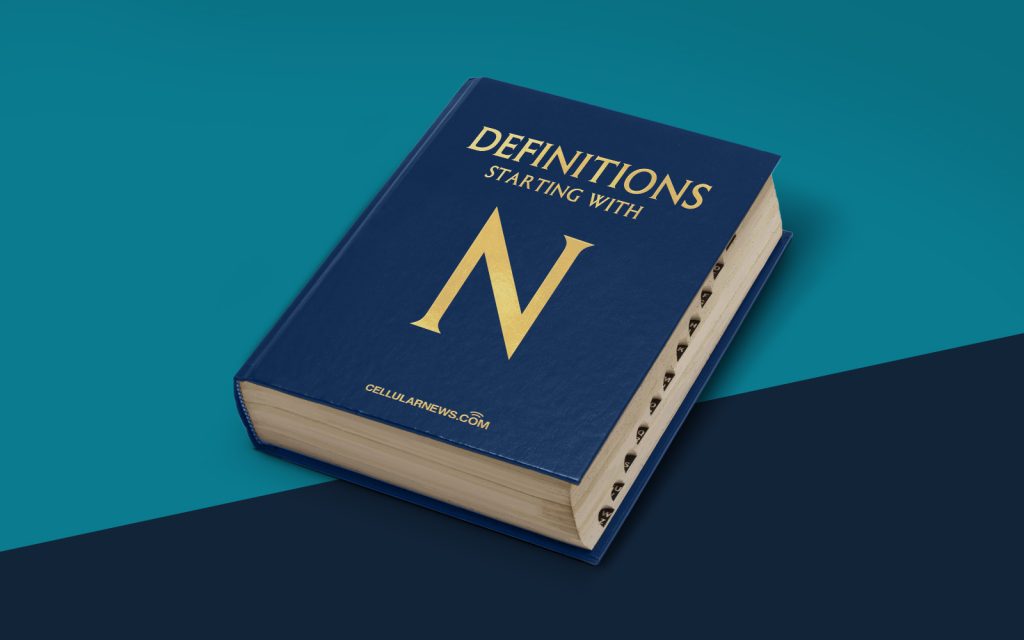
A Journey into the World of Non-Fungible Tokens (NFTs)
Welcome to the fascinating world of Non-Fungible Tokens (NFTs)! In this article, we will explore what NFTs are, how they work, and why they have become such a hot topic in the digital world. So, grab a cup of coffee and let’s embark on this exciting journey together!
Key Takeaways:
- NFTs are unique digital assets that cannot be exchanged on a like-for-like basis.
- NFTs use blockchain technology to provide proof of ownership and authenticity.
Now, you might be thinking, “What exactly is a Non-Fungible Token?” Well, let’s break it down:
Defining Non-Fungible Tokens
Non-Fungible Tokens, or NFTs, are digital assets that represent ownership or proof of authenticity of a unique item or piece of content. Unlike cryptocurrencies such as Bitcoin or Ethereum, NFTs are not mutually interchangeable. Each NFT has distinct characteristics that set it apart from other tokens, making it one-of-a-kind and irreplaceable. Think of NFTs as the digital equivalent of a collectible item or a valuable piece of artwork.
What sets NFTs apart from other digital assets is their ability to be authenticated and traced using blockchain technology. Blockchain serves as a decentralized digital ledger that records transactions and provides a transparent and immutable record of ownership. This means that the ownership and origin of an NFT can be verified, making it more valuable and desirable to collectors and enthusiasts alike.
How NFTs Work
At the heart of every NFT is a smart contract, a self-executing contract with the terms of the agreement directly written into the code. These smart contracts are stored on a blockchain network, most commonly on the Ethereum blockchain.
Here’s a simplified explanation of how NFTs work:
- An artist or creator mints an NFT by attaching it to a digital file or piece of content, such as an image, video, or music.
- The NFT is then added to a digital marketplace or platform where it can be bought, sold, or traded.
- When a transaction occurs, the ownership and transfer of the NFT are recorded on the blockchain, providing a verifiable proof of ownership.
- The NFT can be displayed, shared, or stored in digital wallets, allowing collectors to showcase their unique digital assets.
One of the key benefits of NFTs is that artists and creators can earn royalties from subsequent sales of their works. When an NFT is sold or transferred to another party, the smart contract can be programmed to automatically allocate a percentage of the sale price to the original creator. This has opened up new revenue streams for artists in the digital age.
The Rise of NFTs
Over the past year, NFTs have exploded in popularity, capturing the attention of artists, collectors, and investors worldwide. Major auction houses, galleries, and celebrities have embraced NFTs as a new frontier for art and creativity. Digital artists who were once overlooked by traditional art establishments now have the opportunity to showcase and monetize their work directly to a global audience.
While some see NFTs as a revolutionary new concept that has the potential to reshape the art and entertainment industries, others remain skeptical about the sustainability and environmental impact of blockchain technology. With high-profile sales making headlines and conversations around NFTs becoming increasingly mainstream, the world is buzzing with excitement and curiosity about this digital phenomenon.
So, whether you’re an artist looking to explore new avenues for your creative expression, a collector seeking unique digital assets, or simply someone interested in understanding the latest trends in the digital world, NFTs offer a captivating journey into the realm of uniqueness and digital ownership.
Embrace the possibilities, dive into the world of NFTs, and see where this digital revolution takes you!
